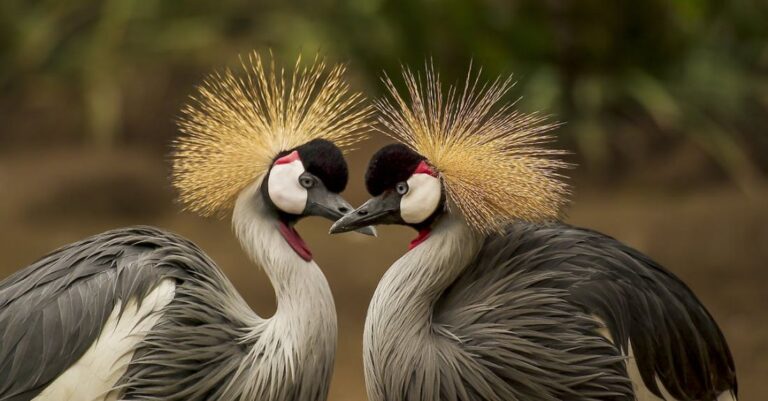
The History of Volcanic Activity in the Galapagos
The Galapagos Islands, located in the Pacific Ocean about 1,000 kilometers off the coast of Ecuador, are renowned for their unique biodiversity and fascinating geological features. One of the most prominent aspects of the Galapagos is its volcanic activity, which has played a crucial role in shaping the islands over millions of years. Understanding the history of volcanic eruptions in the Galapagos is key to appreciating the dynamic nature of this archipelago.
Formation of the Galapagos Islands
The Galapagos Islands are of volcanic origin and were formed through a process known as hotspot volcanism. This geological phenomenon occurs when a tectonic plate moves over a stationary hotspot beneath the Earth’s crust, leading to the formation of a chain of volcanic islands. The Galapagos hotspot is located at the intersection of the Nazca Plate and the Cocos Plate, resulting in the creation of the archipelago we see today.
The islands of the Galapagos are relatively young in geological terms, with the oldest islands estimated to be around 5 million years old. The ongoing volcanic activity in the region continues to add new land to the islands, contributing to their ever-evolving landscape.
Eruption Patterns in the Galapagos
The Galapagos Islands are home to over 50 volcanoes, both active and dormant, making it one of the most volcanically active regions in the world. The volcanic activity in the Galapagos is characterized by frequent, relatively small eruptions compared to other volcanic regions. These eruptions are typically effusive rather than explosive, meaning that lava flows out steadily rather than in violent explosions.
One of the most well-known volcanic eruptions in the recent history of the Galapagos occurred in 2018 on the island of Fernandina. The eruption, which lasted for several days, produced spectacular lava fountains and flows, creating new land along the coastline of the island. While these eruptions can be disruptive to the local wildlife, they also play a crucial role in the geological processes that shape the islands.
Impact on Biodiversity
The volcanic activity in the Galapagos has had a significant impact on the islands’ biodiversity. The harsh and ever-changing volcanic landscape has shaped the evolution of plant and animal species, leading to the unique and diverse ecosystem that the Galapagos are famous for.
Volcanic eruptions can create new habitats for species to colonize, leading to the formation of new ecosystems on the islands. The nutrient-rich volcanic soil also provides essential resources for plant life, supporting the growth of a wide variety of species that have adapted to thrive in this challenging environment.
Conservation and Management
Given the volcanic nature of the Galapagos Islands, it is crucial to have effective conservation and management strategies in place to protect the unique ecosystem of the archipelago. The Galapagos National Park, established in 1959, plays a vital role in safeguarding the islands’ biodiversity and natural heritage.
The National Park closely monitors volcanic activity in the region to ensure the safety of both wildlife and visitors. By studying the patterns of volcanic eruptions and their impact on the environment, researchers can better understand the geological processes at work in the Galapagos and develop strategies to mitigate potential risks.
Future Prospects
As the Galapagos Islands continue to experience ongoing volcanic activity, the future of the archipelago remains dynamic and unpredictable. While volcanic eruptions can be disruptive and destructive, they are also essential for the renewal and rejuvenation of the islands’ ecosystem.
By studying the history of volcanic activity in the Galapagos, scientists can gain valuable insights into the geological processes that shape the islands and inform conservation efforts to protect this unique and fragile ecosystem. As we look to the future, it is essential to balance the preservation of the islands’ natural heritage with the need to understand and adapt to the ever-changing volcanic landscape of the Galapagos.





